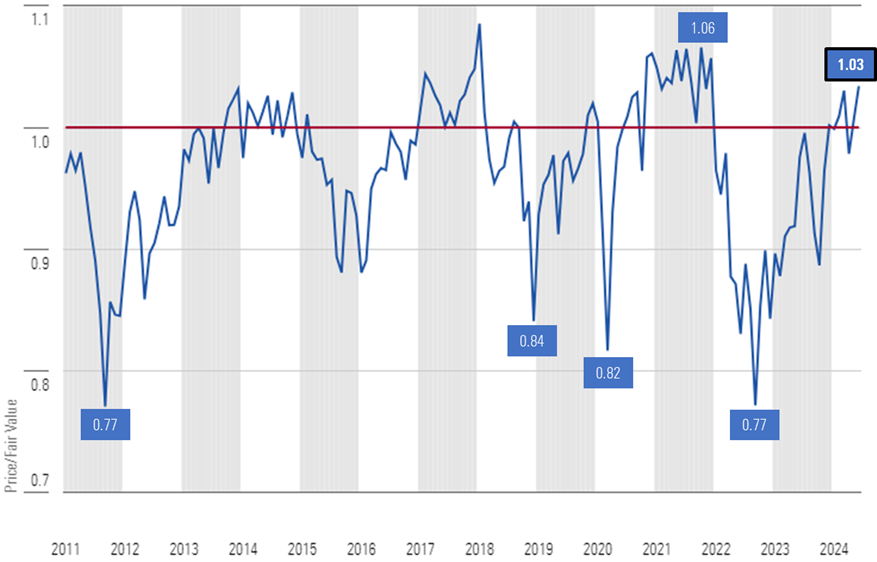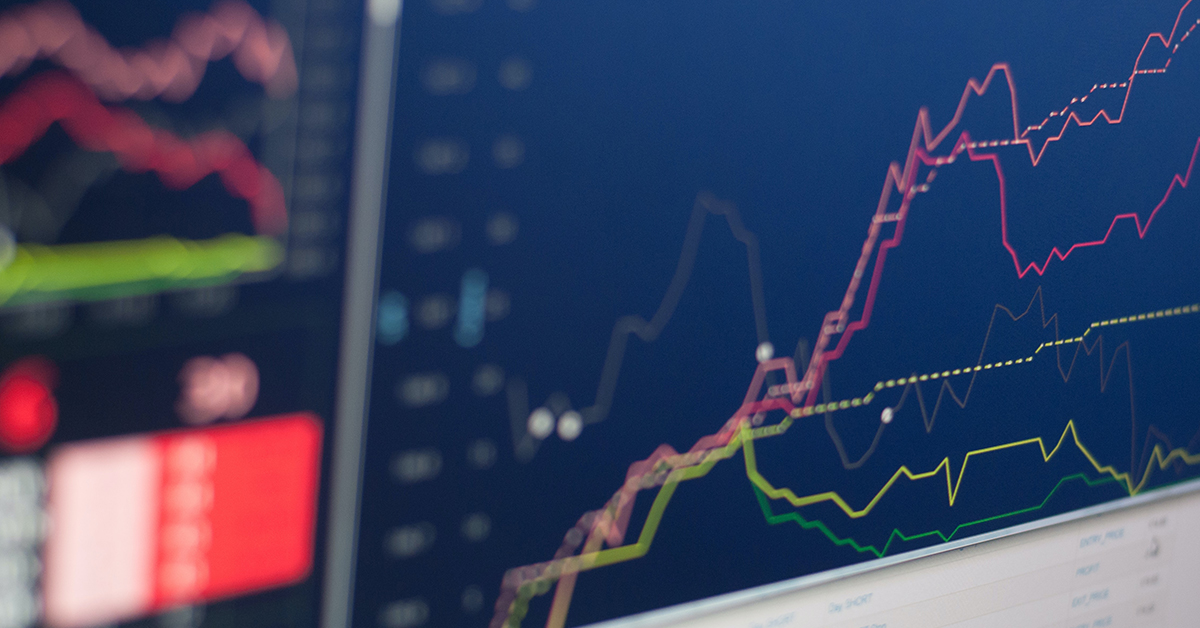It is essential to evaluate the data quality and sources used by AI-driven trading platforms and platforms for stock predictions in order to get accurate and reliable data. A poor quality data source can lead to false predictions, losses of money, and mistrust. Here are 10 tips to evaluate data quality and source:
1. Verify the data sources
Check the origins of the data. Make sure that the platform uses reliable, well-known data sources (e.g. Bloomberg Reuters Morningstar or stock exchanges like NYSE, NASDAQ).
Transparency - The platform should be transparent about its data sources, and regularly update them.
Avoid dependence on a single source: Trustworthy platforms integrate information from multiple sources in order to reduce biases and errors.
2. Assess Data Quality
Real-time and. delayed data: Determine whether the platform offers actual-time data or delaying information. Real-time data is crucial for active trading. However, data that is delayed can be adequate for long-term analytics.
Make sure you are aware of the frequency at which you update information (e.g. hourly, minute by minute or daily).
Data accuracy of historical records: Ensure that historical data is consistent and free of anomalies or gaps.
3. Evaluate Data Completeness
Look for missing information Look for tickers that are missing or financial statements as well for gaps in data from the past.
Coverage: Ensure the platform offers a broad range of stocks, markets, indices and equities relevant to the strategies you use for trading.
Corporate actions: Check that the platform can take into account stock splits and dividends. Also, verify if it can account for mergers.
4. Accuracy of Test Data
Cross-verify the data: Check data from the platform to other sources of data you trust to guarantee consistency.
Find out if there are any errors through examining excessive financial data or outliers.
Backtesting. You can test strategies using historical data and compare the results to what you would expect.
5. Examine the Data Granularity
The platform should offer granular details, such as intraday prices, volumes, bid-ask and depth of order books.
Financial metrics: Find out if your platform offers detailed financial reports (income statement and balance sheet) as well important ratios like P/E/P/B/ROE. ).
6. Check Data Cleaning and Processing
Normalization of data: Ensure that the platform normalizes the data (e.g. and adjusting for dividends, splits) to ensure consistency.
Outlier handling: Find out the way in which the platform handles anomalies or outliers in the data.
Missing data estimation: Verify that the platform is based on reliable methods to fill in the missing data.
7. Check data for consistency
Timezone alignment Data alignment: align according to the same timezone to avoid differences.
Format consistency: Verify that the data is presented in a consistent manner (e.g. currency, units).
Verify that the data is consistent across markets: Examine data from different exchanges and/or markets.
8. Evaluate the Relevance of Data
Relevance to your trading strategy Make sure that the data is in line with your trading style (e.g. quantitative modeling, quantitative analysis, technical analysis).
Selecting features: Make sure that the platform offers relevant features to enhance the accuracy of your predictions (e.g. sentiment analysis macroeconomic indicator, news information).
Verify the security and integrity of data
Data encryption: Make sure that the platform is using encryption to protect data when it is stored and transmitted.
Tamperproofing: Make sure that data hasn't been altered, or altered.
Check for compliance: The platform should comply with the laws on data protection.
10. Check out the AI model on the platform transparency
Explainability - Make sure that the platform offers insights on the way in which the AI model uses the data in order to make predictions.
Bias detection: Verify if the platform actively monitors and corrects biases that exist within the models or data.
Performance metrics: To evaluate the accuracy and reliability of predictions, examine the performance metrics of the platform (e.g. accuracy, precision recall, accuracy).
Bonus Tips
Feedback and reviews from users Review and feedback from users: Use user feedback to assess the credibility of a platform as well as the quality of its data.
Trial period. Use the free trial to check out the features and data quality of your platform prior to deciding to decide to purchase.
Support for customers: Make sure that the platform provides a dependable customer service to help with any questions related to data.
By following these tips will help you evaluate the data quality and sources of AI platform for stock predictions and make sure you are making well-informed and trustworthy trading decisions. View the top rated AI stock market for more examples including AI stocks, ai for stock trading, AI stock trading, best ai for trading, best ai trading app, ai investing app, using ai to trade stocks, stock ai, AI stock market, best AI stock trading bot free and more.

Top 10 Tips To Evaluate The Updating And Maintenance Of AI stock Predicting Trading Platforms
Assessing the updates and maintenance of AI-driven platforms for trading and stock prediction is critical to ensure they are secure, efficient and in tune with the changing market conditions. Here are the top 10 suggestions to analyze their update and maintenance procedures:
1. Updates are made regularly
Find out the frequency of updates (e.g. each week, or monthly or quarterly).
Regular updates show the ongoing improvement of the product and a willingness to respond to market developments.
2. Transparency in Release Notes
Tips: Read the release notes for your platform to find out about any changes or improvements.
Transparent release notes show the platform's commitment to continuous improvements.
3. AI Model Retraining Schedule
Tip Ask how often AI is retrained with new data.
The reason is because markets change constantly, it is important to update models in order to ensure they remain accurate and relevant.
4. Bug Fixes, Issue Resolution
Tip: Determine how quickly the platform reacts to problems or bugs users have reported.
Why: Quick fix for bugs helps ensure the platform's reliability and functionality.
5. Updates on security
TIP: Find out if the platform is updating its security protocols frequently to safeguard the personal information of its customers and trades.
Cybersecurity is essential in financial platforms for preventing breaches and fraud.
6. Integration of New Features
Tips - Find out if a platform has added new features (e.g. improved analytics, new sources of information) based upon user feedback and/or market trends.
Why: New features demonstrate responsiveness and innovation to user needs.
7. Backward Compatibility
TIP: Make sure that the upgrade does not cause significant disruption to existing functionality or require significant reconfiguration.
The reason: Backward compatibility provides users have a smooth experience when they transitions.
8. Communication between Maintenance and the User Personnel
It is possible to evaluate the transmission of maintenance schedules or downtimes to users.
Why: Clear communication reduces disruptions and builds confidence.
9. Performance Monitoring and Optimization
Tip: Verify that the platform constantly monitors key performance indicators like accuracy or latency and then optimizes their platforms.
Why: Ongoing platform optimization ensures that it is functional and expandable.
10. Compliance with changes to the regulatory framework
Tip: See if your platform is updated with the latest features, policies and laws regarding data privacy or the latest financial regulations.
The reason: It is crucial to adhere to regulations in order to avoid legal risk and keep trust among users.
Bonus Tip User Feedback Integration
Find out if the platform integrates feedback from users into its maintenance and updates. This shows a method that is based on feedback from users and a desire to improve.
By evaluating the above aspects and other aspects, you'll be able to assess whether or not the AI trading and stock forecasting system you pick is maintained, up-to-date, and able to adapt to the changing market conditions. View the most popular my sources on ai for trading stocks for site recommendations including stock predictor, invest ai, invest ai, best stock prediction website, ai for trading stocks, AI stock predictions, investing with ai, investing with ai, ai for trading stocks, AI stock investing and more.
